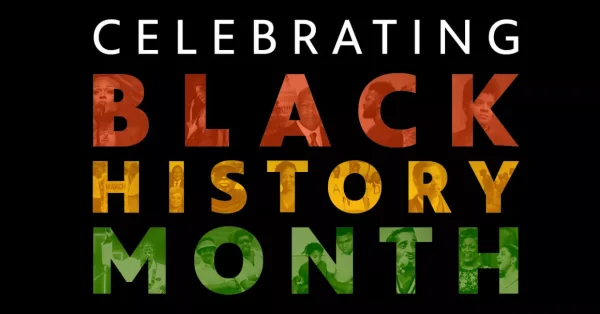Introduction to Astrology
For the past several years, astrology has become mainstream. All over the social media netherworld, zodiac signs are depicted as broad generalizations of a person’s character based on the month in which they were born. Astrology has become so conventional, in fact, that it is becoming foreign to the complexity and beauty that traditional horoscopes once had.
The Babylonians are generally credited with the birth of astrology. Their astrological charts enabled them to predict the recurrence of seasons and certain celestial events. Thus, two thousand years ago, astrology and astronomy were one and the same.
While earliest astrology was used to bring a sense of order out of apparent chaos, it was soon found to be a valuable tool to predict weather patterns. Originally, it was used for agricultural purposes. Then it evolved to predict natural disasters, war, and other events. Naturally, astrology progressed to be used as counsel for kings and emperors and, in time, for all of us.
The word “zodiac”, which is derived from the Greek word meaning “circle of animals”, is believed to have been developed in ancient Egypt and later introduced to the Babylonians. Early astrologers knew it took twelve lunar cycles – or months – for the Sun to return to its original position. Then, twelve constellations that had been observed were linked to the progression of the seasons. Each constellation was assigned the name of a certain animal and/or person. For example, in Babylon, the rainy season was found to occur when the Sun was in a particular constellation. This constellation was later given the name Aquarius, meaning “water bearer.”
Each of the zodiac signs are divided into four groups, all of which hold unique characteristics and qualities:
- Fire Signs: Aries, Sagittarius, Leo
- Water Signs: Cancer, Scorpio, Pisces
- Air Signs: Libra, Aquarius, Gemini
- Earth Signs: Capricorn, Taurus, Virgo
Each of these four groups is inscribed in its own quadrant, or group of “houses,” on a circle. The division of the twelve houses is based on Earth’s daily rotation and relates to such circumstances as relationships, finances, travel, etc. The division of the twelve signs of the zodiac, on the other hand, is based on the earth’s year-long rotation around the Sun and relates to character traits and areas of life. For example, Venus represents love and romance, and Mercury represents various forms of communication. Each planet is associated with two signs, and the Sun and Moon with one each.
Flashforward to the modern day, oftentimes when someone asks a peer “What is your zodiac sign?” they are referring to your sun sign. This is the sign that the sun was in at the time of your birth. While your sun sign is significant, just analyzing this one component is a very shallow way of observing astrology. In actuality, your birth chart – or natal chart – is composed of every planet in our solar system, each in a different zodiac sign, each with unique properties.
Astrologers often refer to “The Big Three.”. This is referencing your sun sign, moon sign, and rising (or ascending) sign. Your sun sign represents your core personality, or your “I am” statement. Your moon sign is the sign that the moon was in at the time of your birth. The moon sign represents your internal climate; your emotional side; and what your heart craves privately. Moreover, your rising sign is determined based on the exact time that you were born at and the height of the sun at that moment. Your rising sign is how you project your personality at first glance, or how you “dawn” on people. It’s your public persona, and how you appear to others.
Beyond the Big Three lies the rest of your natal chart. Each planet represents different aspects of the human condition and are uniquely placed in different zodiac signs and quadrants of the sky based on your birthday, location of birth, and birth time.
To learn more about astrology, consider creating your own natal chart on Beautiful Free Astrology Charts | Astro-Charts, a beginner-friendly website. To receive a chart interpretation, consider a birth chart reading: HOME | Capricora & Blackmoon Astrology (capricoraastrology.com). Astrology is more than the mainstream media makes it out to be, and it can take a lifetime to unlock and understand all of the different aspects of an individual chart.










